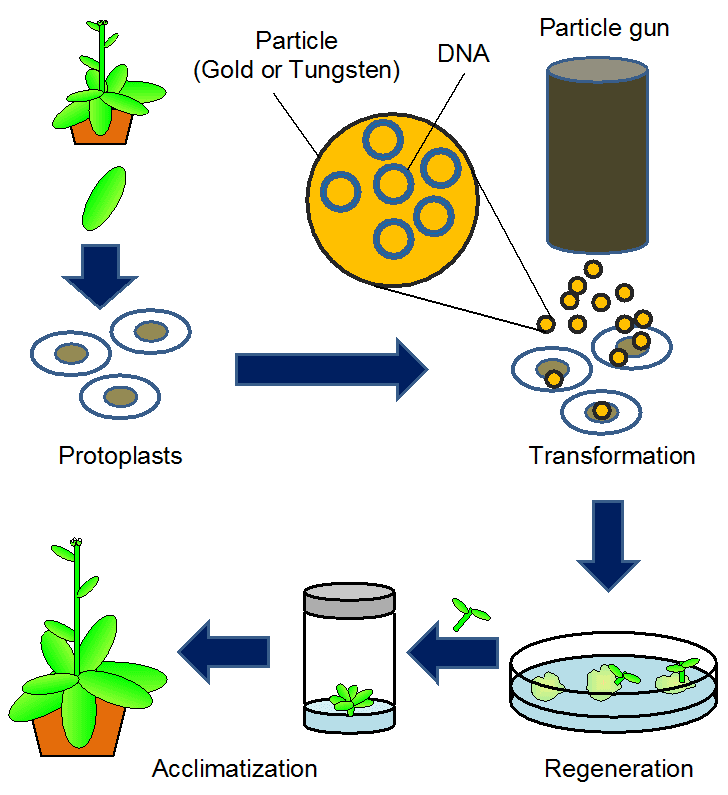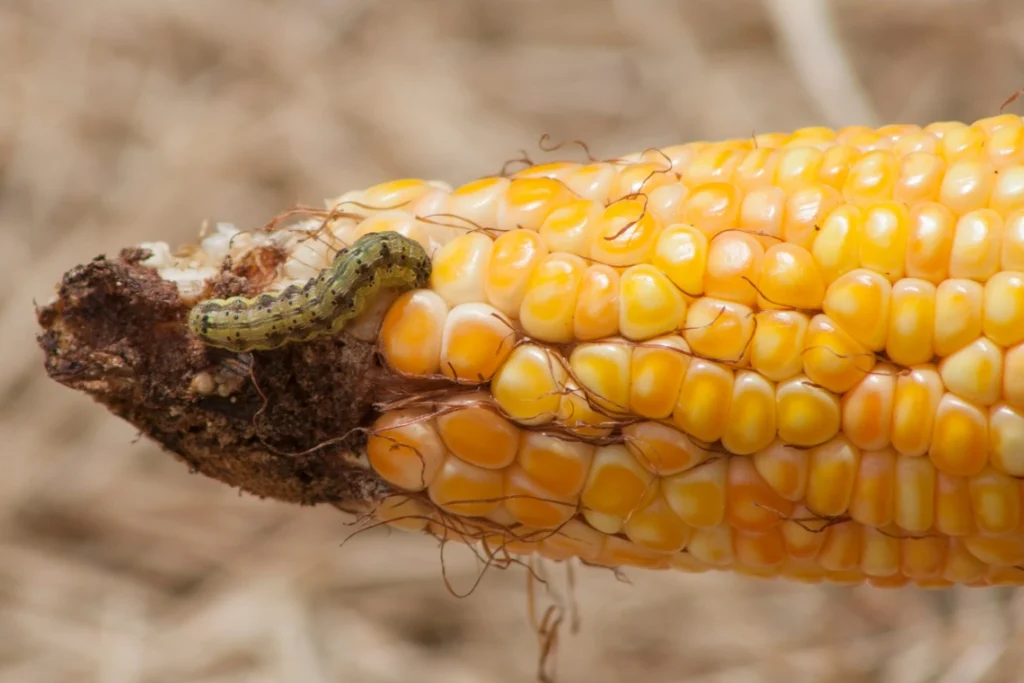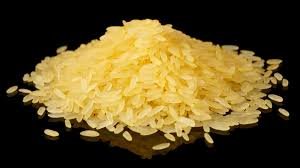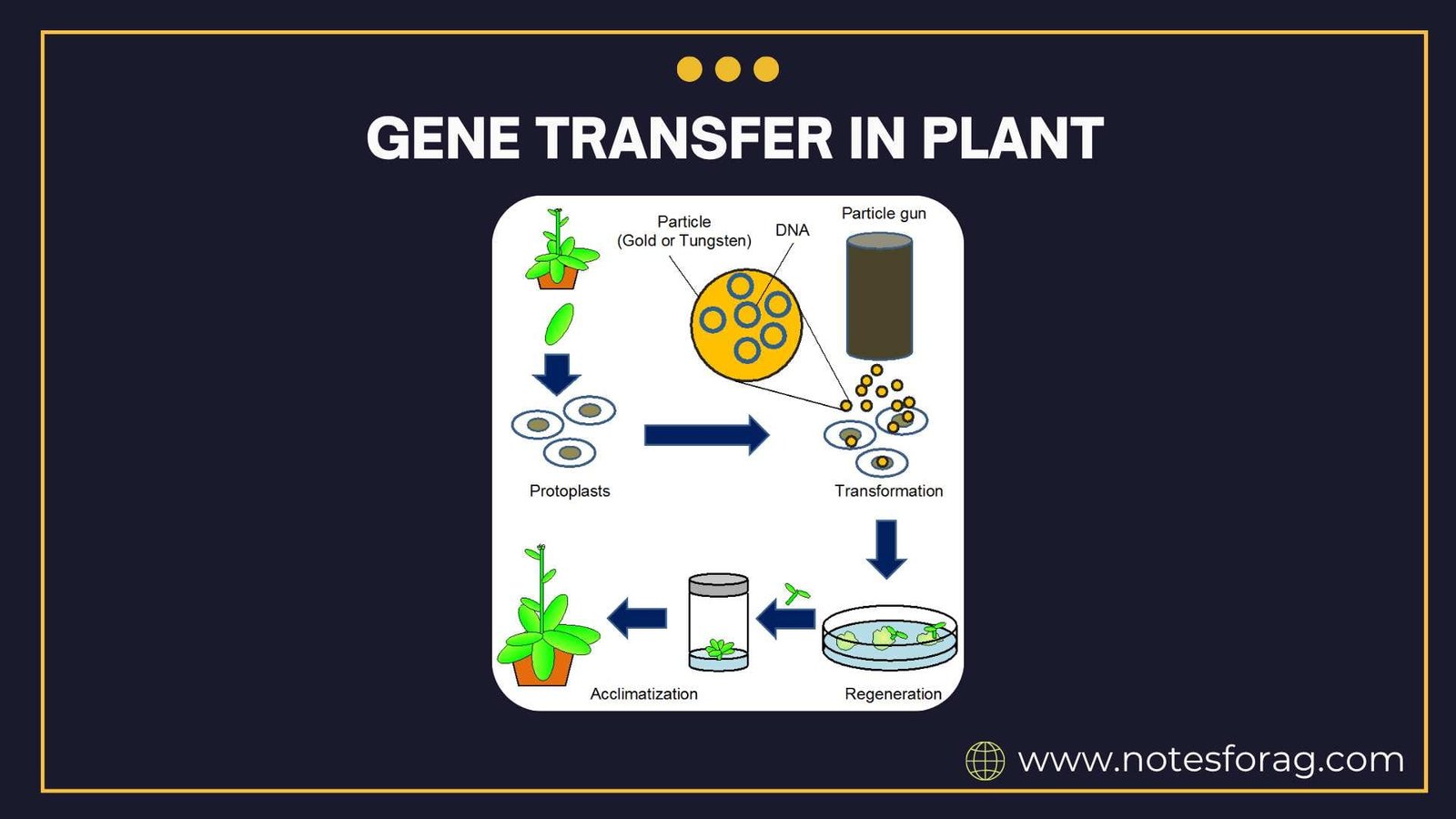1. Gene Transfer in Plants

Gene transfer in plants is the process of introducing foreign genetic material into plant cells to create genetically modified organisms (GMOs) with desirable traits such as pest resistance, improved yield, or drought tolerance. This transfer can be achieved through various methods, broadly categorized as direct gene transfer and indirect gene transfer.
Summary of Gene transfer
- Direct gene transfer uses physical or chemical methods, while indirect gene transfer relies on biological vectors like Agrobacterium tumefaciens.
- Gene transfer technology enhances crop resilience, improves yields, and supports sustainable agriculture.
- Modern genetic engineering techniques, including CRISPR, are shaping the future of plant biotechnology.
Table of Contents
1.1. Direct Gene Transfer in Plants
Direct gene transfer refers to techniques where foreign DNA is introduced into plant cells without the use of biological agents like bacteria or viruses. These methods rely on physical or chemical approaches to facilitate the uptake of genetic material.
1.1.1. Microinjection
Microinjection involves directly injecting DNA into plant cells using a fine needle under a microscope. This method ensures precise placement of genetic material into the nucleus or cytoplasm of the cell. It is mainly used in research due to its technical complexity and requirement for specialized equipment.
1.1.2. Electroporation
Electroporation utilizes electric pulses to create temporary pores in the plant cell membrane, allowing DNA to enter. This method is efficient for transforming protoplasts (plant cells without cell walls) and is commonly used in laboratory experiments.
1.1.3. Biolistics or Gene Gun Method
Biolistics, also known as the gene gun method, involves coating microscopic gold or tungsten particles with DNA and shooting them into plant cells using high-pressure helium gas. This technique is widely used for genetically modifying crops like rice, maize, and wheat.
1.1.4. Liposome-Mediated Gene Transfer
Liposomes, which are artificially created lipid vesicles, encapsulate the DNA and fuse with the plant cell membrane, allowing DNA to enter the cell. This method is useful for delivering genetic material in a controlled manner.
1.1.5. Silicon Carbide Fiber Method
In this method, DNA is attached to sharp silicon carbide fibers, which are mixed with plant cells. The fibers physically pierce the cells, introducing the genetic material. Although simple, this technique requires optimization to prevent excessive cell damage.
1.1.6. PEG-Mediated Gene Transfer
Polyethylene glycol (PEG) is used to induce DNA uptake in protoplasts by destabilizing the cell membrane. This method is effective in plant tissue culture studies but less commonly used in large-scale genetic engineering.
1.2. Indirect Gene Transfer in Plants
Indirect gene transfer involves using biological vectors, typically bacteria or viruses, to carry and integrate foreign DNA into plant genomes. This method ensures stable transformation with minimal physical stress to the plant cells.
1.2.1. Agrobacterium-Mediated Gene Transfer
Agrobacterium tumefaciens is a natural genetic engineer that infects plants and transfers its DNA into their genome. Scientists exploit this ability by replacing bacterial genes with desired traits and allowing the bacterium to introduce them into plant cells.
Steps in Agrobacterium-Mediated Gene Transfer:
- Plasmid Modification: Desired genes are inserted into the Ti plasmid of Agrobacterium.
- Infection: The modified bacterium is introduced to plant tissues or protoplasts.
- Gene Integration: The bacterial plasmid transfers the DNA into the plant genome.
- Selection and Growth: Transformed cells are screened and regenerated into whole plants.
1.2.2. Viral-Mediated Gene Transfer
Certain viruses can be engineered to carry and introduce genetic material into plants. These viruses replicate in host cells, spreading the modified gene throughout plant tissues. While effective, this method requires strict control to prevent undesired mutations.
1.2.3. Transposon-Mediated Gene Transfer
Transposons, or “jumping genes,” are mobile genetic elements that can insert themselves into a plant genome. Scientists use modified transposons to deliver foreign DNA efficiently. However, the randomness of gene insertion can pose challenges.
2. Advantages and Challenges of Gene Transfer Methods
Both direct and indirect gene transfer methods have unique advantages and limitations.
2.1. Advantages of Direct Gene Transfer
- Enables precise DNA delivery.
- Avoids dependency on biological vectors.
- Applicable to a wide range of plant species.
- Allows immediate modification of multiple traits.
2.2. Challenges of Direct Gene Transfer
- Often results in low transformation efficiency.
- DNA integration into the genome can be random, leading to unpredictable results.
- Some methods cause physical damage to cells, reducing plant viability.
2.3. Advantages of Indirect Gene Transfer
- Ensures stable and targeted gene integration.
- Suitable for large-scale agricultural applications.
- Less stressful for plant cells, maintaining tissue integrity.
2.4. Challenges of Indirect Gene Transfer
- Limited to specific host plants that can be infected by vectors.
- The process may introduce unwanted genetic material.
- Requires strict biosafety measures to prevent unintended gene spread.
3. Applications of Gene Transfer in Modern Agriculture
Gene transfer technology is revolutionizing agriculture by creating crops with superior traits:
3.1. Pest-Resistant Crops

Genetically modified plants such as Bt cotton and Bt corn are engineered to produce proteins toxic to insect pests, reducing reliance on chemical pesticides.
3.2. Drought-Tolerant Crops
Scientists develop crops with enhanced water retention mechanisms to survive in arid regions, ensuring food security amid climate change.
3.3. Enhanced Nutritional Quality

Biofortification techniques introduce genes that boost vitamin and mineral content, like Golden Rice, which is enriched with vitamin A.
3.4. Virus-Resistant Crops
Gene transfer helps combat viral infections in plants, reducing agricultural losses.
3.5. Faster Growth and Higher Yields
Genetic modifications allow crops to mature quicker and produce higher yields, optimizing food production.
4. Future Perspectives in Plant Genetic Engineering
The future of gene transfer in plants focuses on improving efficiency, minimizing risks, and addressing ethical concerns.
4.1. CRISPR-Cas9 and Gene Editing
CRISPR-Cas9 enables precise genome editing by making targeted changes without introducing foreign DNA. It has the potential to replace traditional gene transfer methods for enhanced accuracy.
4.2. Synthetic Biology for Tailored Crops
Scientists are designing synthetic genetic circuits that allow plants to adapt dynamically to environmental changes.
4.3. Sustainable Genetic Engineering
Ongoing research ensures that genetic modifications are safe, ethical, and environmentally friendly, preventing unintended ecological consequences.
Conclusion
Gene transfer in plants plays a vital role in modern agriculture, enabling enhanced crop productivity, resilience, and nutritional quality. Both direct and indirect gene transfer methods have distinct benefits and challenges, influencing their applications. As technological advancements continue, new techniques like CRISPR-Cas9 and synthetic biology promise greater precision and sustainability in genetic engineering.
The ability to modify plant genomes effectively opens endless possibilities for global food security, making gene transfer a cornerstone of agricultural innovation. Moving forward, responsible research and ethical considerations will ensure that genetically modified crops serve humanity without harming natural ecosystems.
Frequently Asked Questions (FAQs)
What is the difference between direct and indirect gene transfer in plants?
Direct gene transfer introduces DNA into plant cells without biological vectors, using methods like electroporation and gene guns. Indirect gene transfer relies on bacteria or viruses, like Agrobacterium tumefaciens, for stable gene integration.
What are the benefits of gene transfer in agriculture?
Gene transfer creates pest-resistant, drought-tolerant, and nutrient-rich crops, improving food security while reducing environmental impact. Modern techniques like CRISPR enhance precision in plant biotechnology.
Why is Agrobacterium tumefaciens used for gene transfer?
Agrobacterium naturally transfers DNA into plant genomes. Scientists modify its Ti plasmid to carry useful genes, ensuring stable transformation with minimal cell damage, making it a preferred method.
Related Articles

